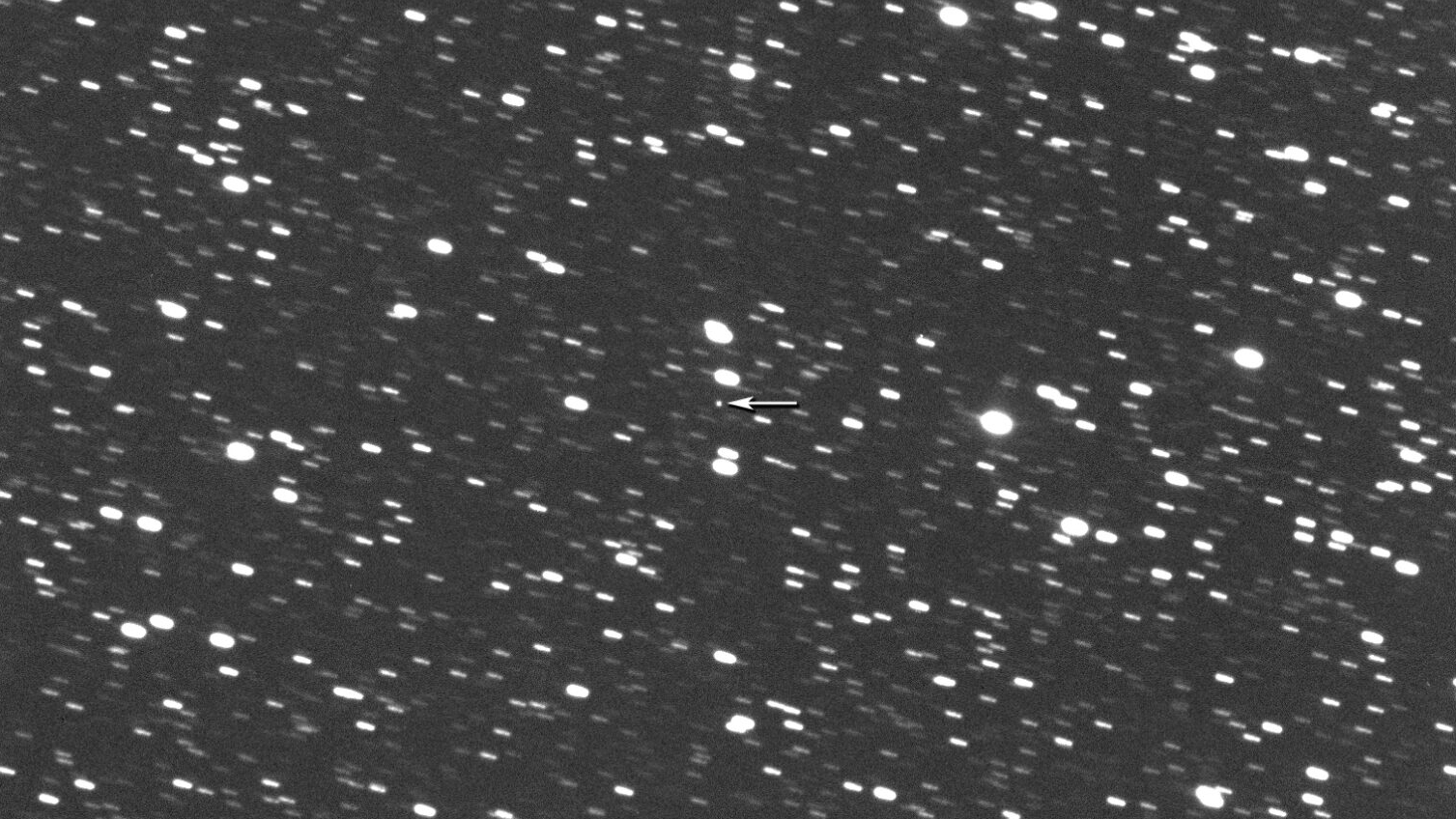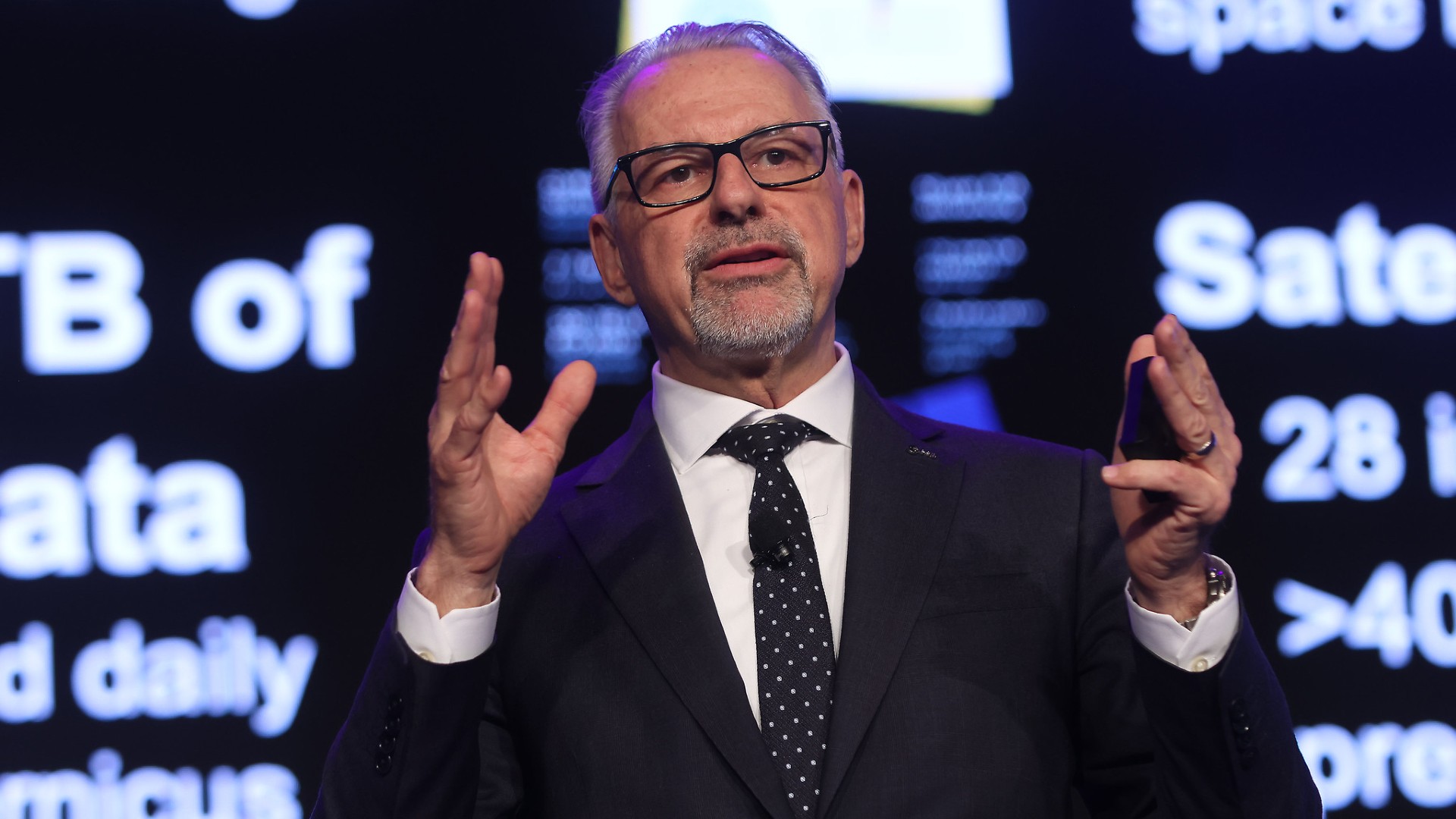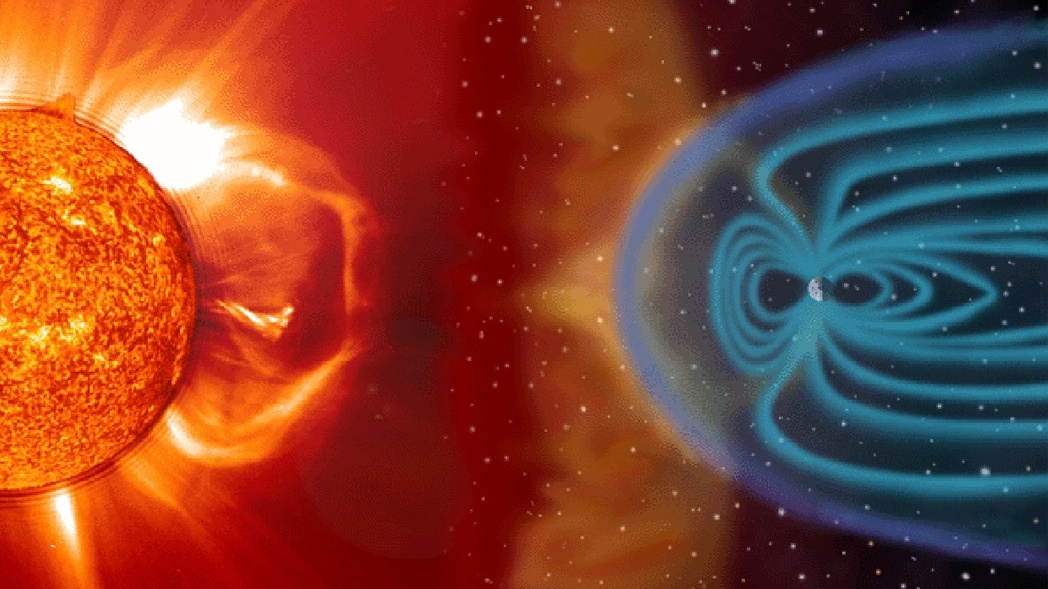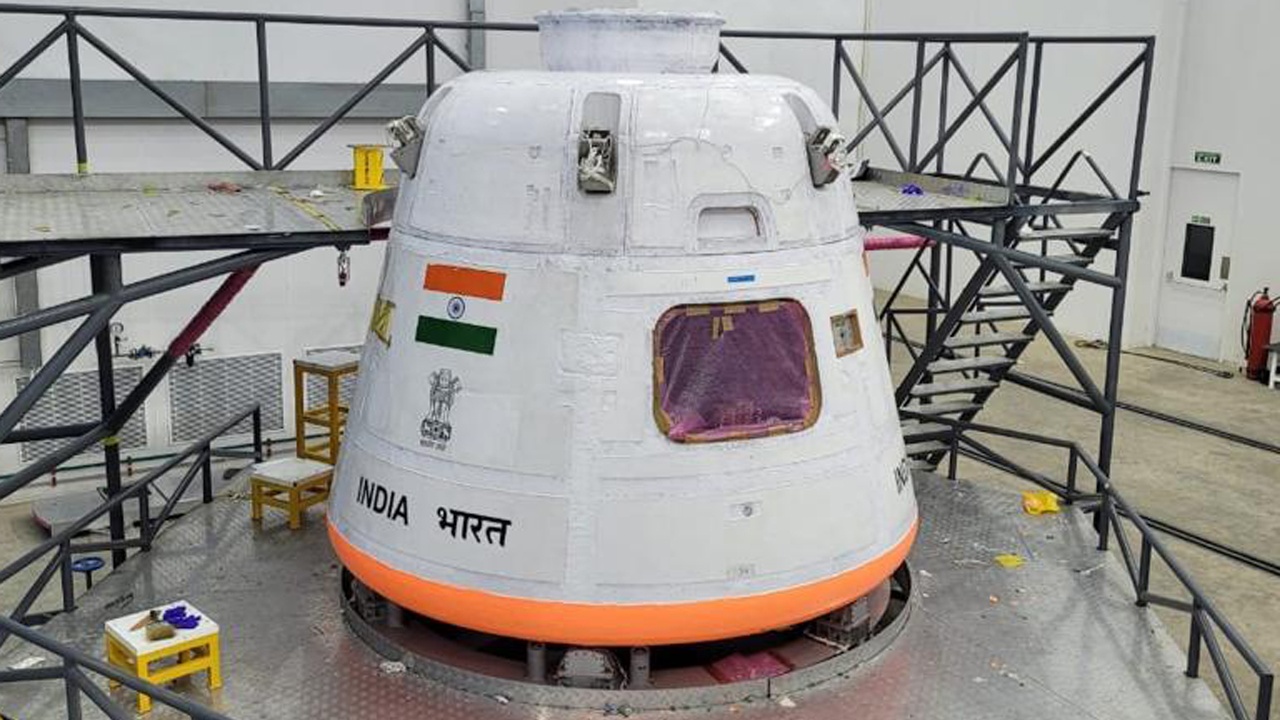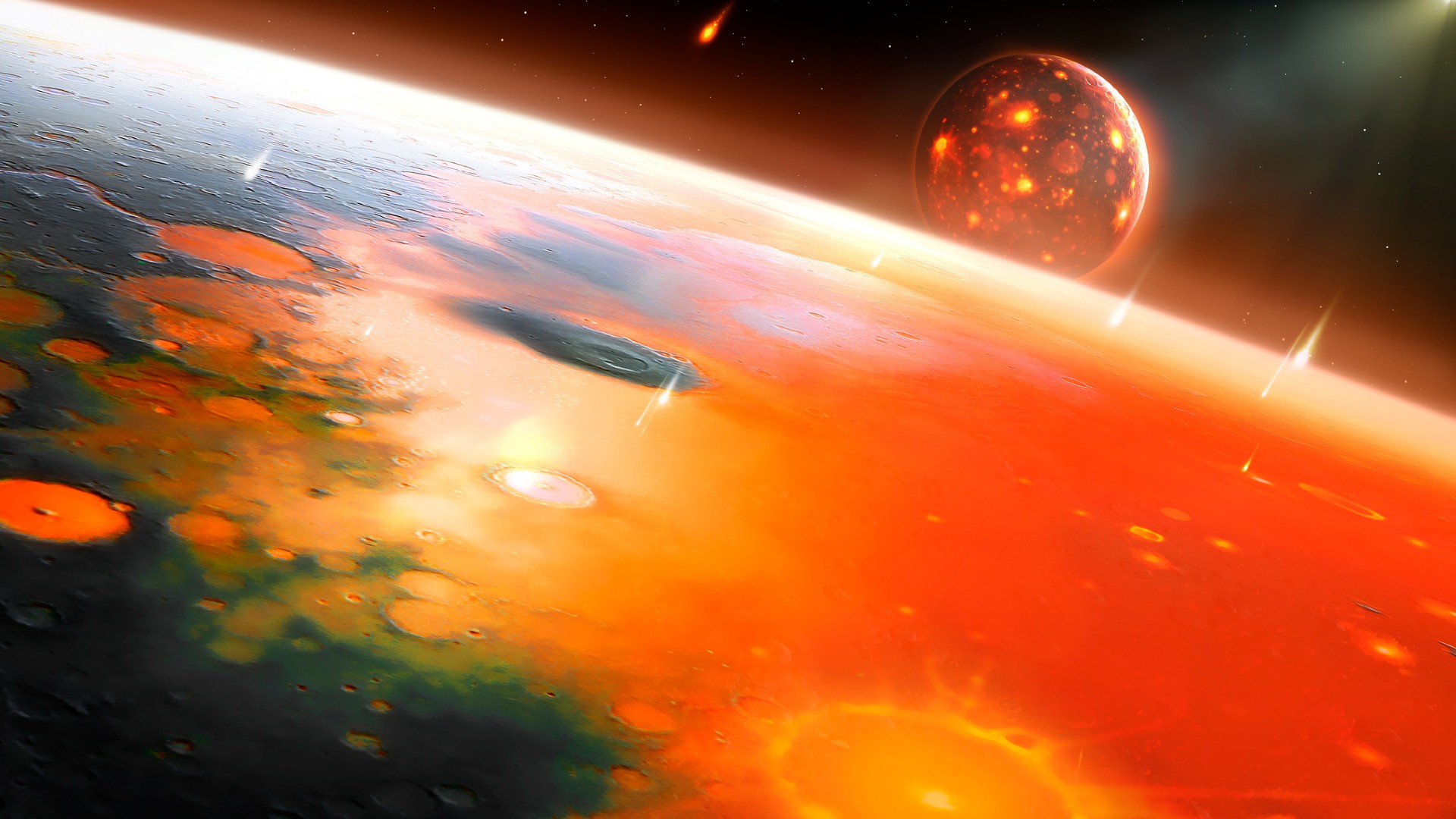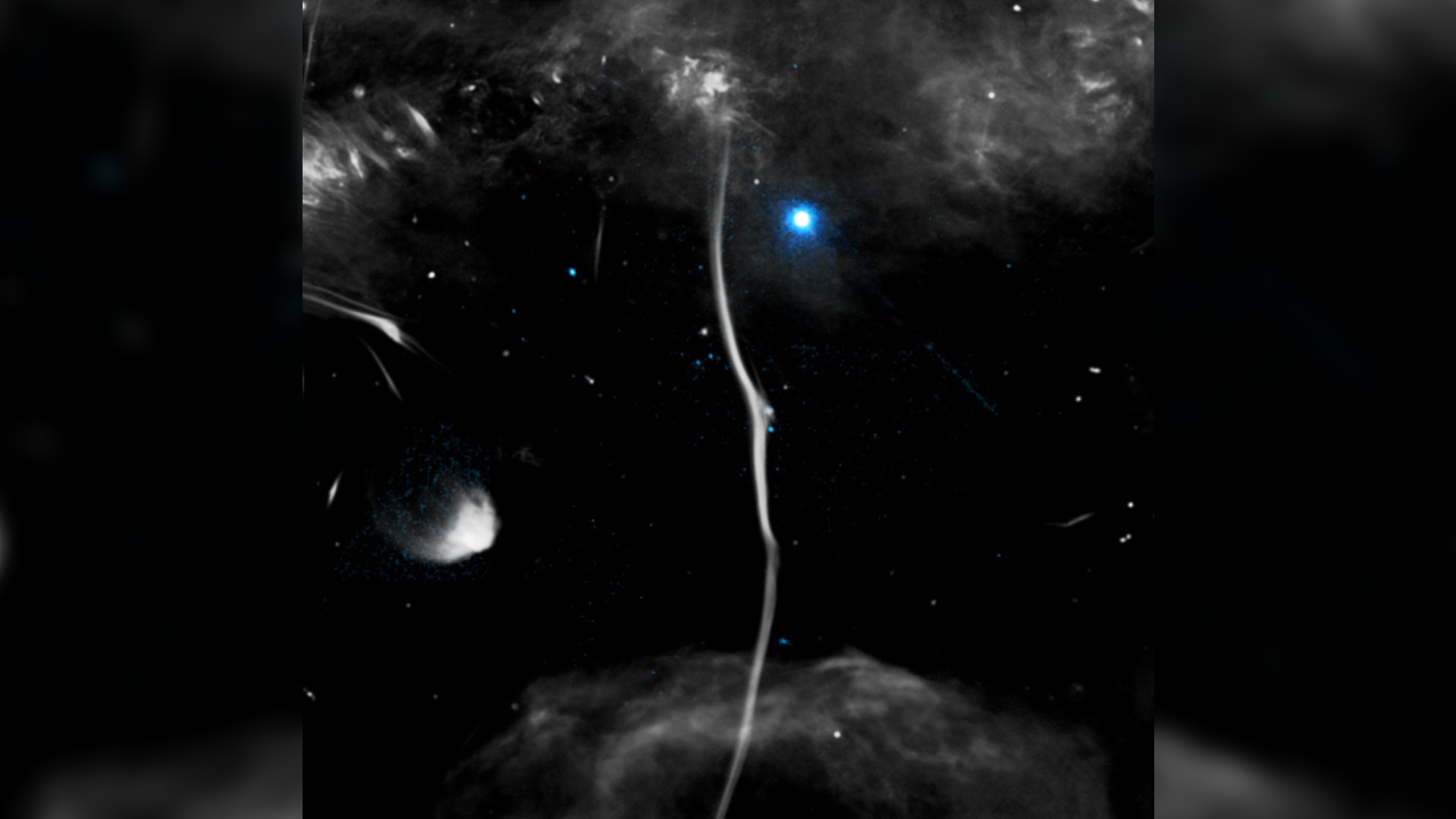Space Exploration Overhaul: Next Five Years 'Critical'
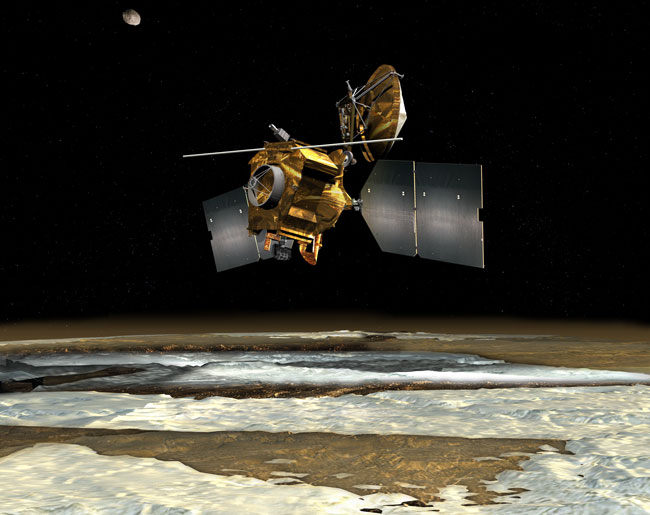
After decades of sending probes across the void of interplanetary space, officials are now reshaping how solar system exploration is accomplished. The renovation is due in large measure to the visionary Moon, Mars and beyond directive given to NASA by U.S. President George W. Bush just more than a year ago.
While money and mandate are in a state of near-rendezvous, the melding of space science objectives with human exploration goals is still to be fully played out, as is the prospect of broader international collaboration.
"The scientific exploration agenda NASA has been pursuing for the past decade or so is bearing enormous fruit, providing key early inputs to how NASA implements the vision," said James Garvin, NASA Chief Scientist in Washington, D.C. "Initial robotic steps in the vision implementation will inform and guide future decisions that will ultimately steer how human beings explore the Moon and Mars."
At the plate
Later this year, NASA will launch the Mars Reconnaissance Obiter, a "scientific gateway step," Garvin said, that operates at previously unattainable resolutions and spectral sensitivities to optimize what approach to take in the search for any evidence of life on the red planet.
"MRO adds a vital early dimension to our exploration strategy," Garvin added, "by also providing essential new data relevant to human precursors and even to human landing site possibilities. As such, MRO is a key part of the earliest parts of the vision."
Likewise is the role of the Lunar Reconnaissance Orbiter to be lofted in 2008. It will open our eyes to the "new Moon" we must get to know both scientifically, as well as guide very near-term decisions that allow human beings to serve as effective explorers, Garvin explained.
Get the Space.com Newsletter
Breaking space news, the latest updates on rocket launches, skywatching events and more!
Garvin said that essential to the vision is the "cross-prioritization" across the disciplines to maintain diversity, balance, and responsiveness to discoveries yet to come.
"How we at NASA do in the next five years will be critical," Garvin said, "with the Mars Reconnaissance Orbiter and Lunar Reconnaissance Orbiter as two examples that can open our eyes to how we must explore in a new partnership with people and machines 'on site.'"
Wellspring of science
Stephen Mackwell, Director of the Lunar and Planetary Institute in Houston, Texas, says the complexion of space exploration is changing. NASA is moving forward with a very aggressive robotic program, he said, one that will provide a wellspring of science data to support future human explorers that trek beyond low Earth orbit.
Given President Bush's direction to return humans to the Moon and dispatch then onward to Mars and other destinations, Mackwell senses there won't be any dilution of the science through this process.
In preparing for this assault on space by humans, precursor robotic missions will be central to success. "Getting the most scientific return from those missions...that's a huge issue," Mackwell said. For example, honing the ability for future explorers to "live off the land" - using equipment that can convert local resources into water, oxygen, and fuel supplies - is essential.
The science that backs how best to identify and characterize those resources is vital, Mackwell added. "We're going to be winners on this for sure, scientifically."
As spacecraft reach various niches of our solar system, one issue that needs to be addressed is operational oversight. Not only is this needed to help reduce mission costs. The distances between Earth and spacecraft demands increased autonomy.
"What we need to build in is some really efficient operations," said G. Jeffrey Taylor, a professor of Geophysics and Planetology at the University of Hawai'i in Honolulu. A humans-to-Mars mission, for instance, can't have mission control in constant contact due to back and forth communications transmission times, he said.
Techniques to handle local control situations for a human Mars expedition can first be practiced on the Moon, Taylor said.
A taste of Titan
What is sorely needed is a program for systematic exploration of the outer planets. "Mars is half the story in our solar system," advised Robert Pappalardo, a planetary scientist at the University of Colorado, Boulder.
Thanks to the hugely successful European Space Agency's (ESA) Huygens lander, scientists now have a taste of Titan - the enigmatic moon of Saturn. Moreover, the Cassini mission to ringed Saturn and its entourage of moons is now flooding the space science community with new data. That information flow is expected to continue for many years to come.
Similarly, Jupiter's icy satellite, Europa, cries out for exploration, Pappalardo said. That moon could well harbor an ice-covered ocean that many scientists suggest is a home for life.
"In my view the outer planets are important because of the astrobiological potential," Pappalardo said. "Europa, Titan, maybe Neptune's Triton are active worlds that are also, potentially, habitats...or may at least tell us about the types of extreme environments that may exist beyond our own solar system."
Now being readied for launch early next year is the New Horizons mission to faraway Pluto and its moon, Charon. Arrival time is 2015. From there, the probe is to visit the Kuiper Belt, a vast reservoir of icy objects located just outside of Neptune's orbit and extending outward into ever deeper space.
What's now needed is to orchestrate a methodical march of robot explorers into the outer planets, Pappalardo concluded. The outer planets are the records of the building blocks of the solar system, he said.
Search for balance
There is a wealth of data streaming in from Mars orbiters and the two NASA red planet rovers - Spirit and Opportunity -- as well as from distant Saturn. These and other missions are the product of investments made over the years, said James Head, professor of geology at Brown University in Providence, Rhode Island.
"It's very clear that automated exploration is coming...a completely new era," Head said. Robotic craft are attacking fundamental scientific problems, as well as preparing the way for humans that will follow, he said.
"We really need to use a totally robust and productive automated program to lead the human exploration effort," Head suggested. Long gone is the space race between the United States and the former Soviet Union that propelled humans to the Moon on the fumes of Cold War politics.
"If you are not doing something that is fundamental...the taxpayer is not going to support human exploration just for footsteps, flags, and footprints," Head said. "If we put all our eggs in the basket of saying we're going to explore because it's the human thing to do...people aren't going to buy that."
Balance is important, Head said.
"It would be a complete tragedy if we ended up getting out of balance between human and automated exploration because there's so much fundamental science to be done," Head concluded.
International collaboration
There is another paramount issue facing the America space science and human exploration communities: The role of international collaboration.
"It's a much more competitive world," said Mackwell, head of the Lunar and Planetary Institute. A bevy of space missions are being planned by India, Japan, China, as well as Europe's intention to build upon their now on duty probes -- SMART-1 at the Moon and Mars Express -- along with the Huygens Titan lander.
Mackwell suggested that far more collaboration between countries is good for all. Instrument packages able to find homes on any number of outbound probes would be a big bonus for everybody concerned, he said.
"Potentially, international collaboration is going to be a huge component going into the future," Mackwell predicted. "There is kind of a friendly rivalry now. But at the same time we gain a lot more by cooperating than we do by building on the rivalry."
- The Mars Reconnaissance Orbiter
- The Lunar Reconnaissance Orbiter
- New Horizons Mission to Pluto
- FAQ: Bush's New Space Vision
Join our Space Forums to keep talking space on the latest missions, night sky and more! And if you have a news tip, correction or comment, let us know at: community@space.com.

Leonard David is an award-winning space journalist who has been reporting on space activities for more than 50 years. Currently writing as Space.com's Space Insider Columnist among his other projects, Leonard has authored numerous books on space exploration, Mars missions and more, with his latest being "Moon Rush: The New Space Race" published in 2019 by National Geographic. He also wrote "Mars: Our Future on the Red Planet" released in 2016 by National Geographic. Leonard has served as a correspondent for SpaceNews, Scientific American and Aerospace America for the AIAA. He has received many awards, including the first Ordway Award for Sustained Excellence in Spaceflight History in 2015 at the AAS Wernher von Braun Memorial Symposium. You can find out Leonard's latest project at his website and on Twitter.

